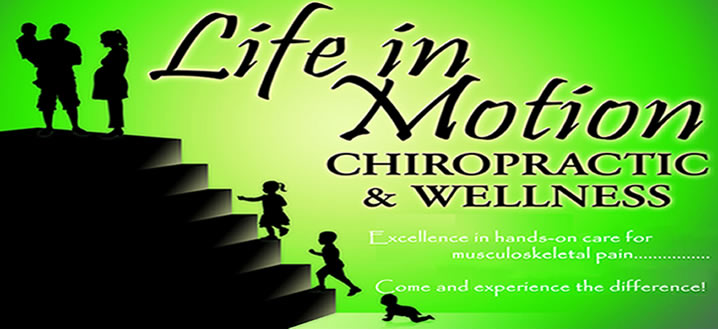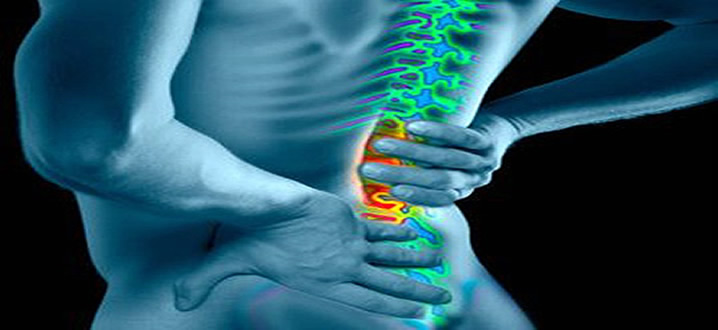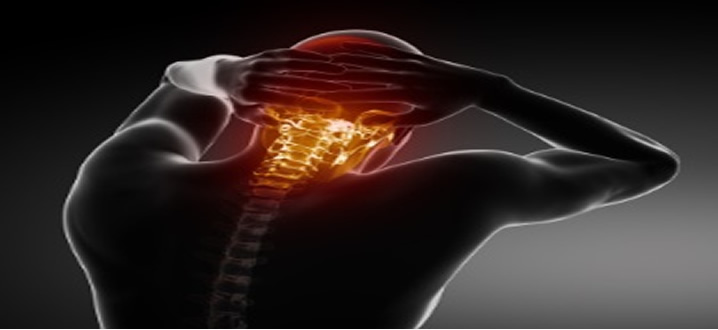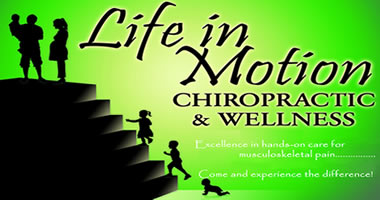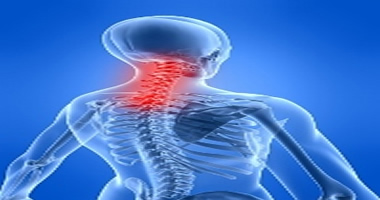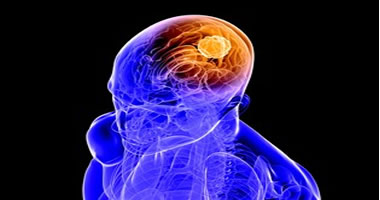Flexibility
| Flexibility- The Missing Link |
| by Jerry Konrad |
Physical fitness is defined as the ability to carry out daily tasks with vigor and alertness, without undue fatigue, and with ample energy to enjoy leisure-time pursuits and respond to emergencies. The components of physical fitness are divided into to two categories:
Health Related components: Those factors that are related to how well the systems of your body work
- Cardiovascular Fitness: The ability of the circulatory system (heart and blood vessels) to supply oxygen to working muscles during exercise.
- Body Composition: The relative percentage of body fat compared to lean body mass
- Flexibility: The range of pain free movement possible at various joints.
- Muscular strength: The amount of force that can be produced by a single contraction of a muscle
- Muscular endurance: The ability of a muscle group to continue muscle movement over a length of time.
Skill Related Components:Those aspects of fitness which form the basis for success in sport or daily activities
- Speed: The ability to move quickly from one point to another in a straight line
- Agility: The ability of the body to change direction quickly
- Balance: The ability to maintain an upright posture while still or moving
- Coordination: Integration with hand and/or foot movements with the input of the senses.
- Reaction Time: Amount of time it takes to get moving.
- Power: The ability to do strength work at an explosive pace.
Of all the health related components listed above, the one found to be most neglected is flexibility. Flexibility is an essential element that helps to maintain balance in a well-rounded fitness training program. Increasing flexibility improves the range of motion of your joints and is critical in both daily and athletic performance. Lack of it contributes to:
- Improper biomechanics
- Poor posture
- Fatigue
- Injuries
- Pain
- Stress
Flexibility is fundamental to virtually all physical movement. It is just as important as aerobic and muscular fitness and the key to maintaining optimal functionality and therefore quality of life. A “healthy” balance between these three components is what needs to be achieved so that the human body is given the best opportunity to function properly.
In its purest form, flexibility or joint range of motion (ROM) is defined as the ability to move your body’s joints and articulations through their full range of motion, pain free. Everyone needs a degree of flexibility to be able to cope with their daily lives and activities. Human movement is especially enjoyable and rewarding when the body is flexible and capable of free and easy mobility without restriction.
For years, many experts have advocated that stretches should last up to 60 seconds or more. This prolonged static stretching technique was the gold standard for years. However, prolonged static stretching actually decreases the blood flow within the tissue creating localized ischemia and lactic acid buildup. This can potentially cause irritation or injury of local muscular, tendinous, lymphatic, as well as neural tissues, similar to the effects and consequences of trauma and overuse syndromes.
Today, there is a new type of stretching exercise that is used to promote physical fitness and athletic performance by stretching the muscles and improving flexibility, strength, and coordination. This program differs from conventional stretching exercises in that the techniques used:
- stretch the muscles when they are fully relaxed
- isolates specific muscles
- stretches are done in slow rhythmic sequences
- stretches are held for 1.5 to 2 seconds and released and
- then repeated for up to 10 repetitions
| THE PROGRAM: |
| Active Isolated Stretching & Strengthening (AIS) -The Mattes Method |
Active Isolated Stretching (AIS) centers on physiological principles of specific muscle lengthening, increased circulation and oxygen to the tissues and lengthening of the superficial and deep fascia. Active Isolated Stretching uses active movement and reciprocal inhibition to achieve optimal flexibility. Using a 1.5 to 2.0 second stretch has proven to be the key in avoiding reflexive contraction of the (antagonistic) muscle being stretched. Active Isolated Stretching (AIS) facilitated stretching of major muscle groups, but more importantly, AIS provides functional and physiological restoration of superficial and deep fascial planes. The main benefits of AIS include the following:
- Improves flexibility - range of motion
- Promotes balance in the body
- Reduces the risk of muscle strain and tearing
- Reduces muscle spasm
- Improves oxygen and nutrient delivery to cells
- Helps to increase athletic performance
- Helps improve and maintain good posture
- Helps to relieve stress
- Helps to recover from injury
- Helps to relieve chronic pain
- Helps to relieve muscle soreness
- Helps stimulate lymph circulation and elimination of cellular waste
